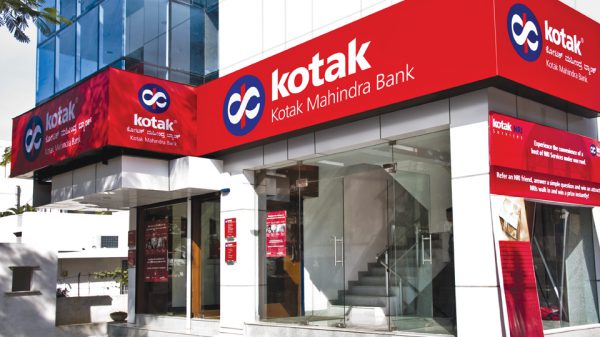India has not always been the best country to watch Netflix in. Slow internet speeds and poor peering with the rest of the world meant that even in households with theoretically good broadband connections, streams on the service would start out at a low video quality, before slowly improving in a few minutes. But soon after the company launched its service in India in 2017, it got to work implementing Open Connect, an unusual way of delivering its content to end users — among other things, Open Connect involves having compact caches of storage media with Netflix content ready to go, embedded directly inside individual Internet Service Providers’ networks.
These efforts paid off — over the next couple years, most major ISPs started serving Netflix as well as theoretically possible, while other streaming services were largely at the mercy of the Content Delivery Network with which they partnered. This led to some unusual outcomes — for a while, a small Mumbai ISP named 7 Star Digital was crowned as the best ISP to stream Netflix on, as its user base was relatively small, and it had some Open Connect caches installed in its network.
India jumps up in the Netflix ISP Speed Index
Netflix’s ISP Speed Index reflected the frustrating conditions that shaped streaming in India — in 2019, India didn’t figure in the top countries for which the index published measurements. But the situation was improving — the ISPs Netflix partnered with tended to offer a decent experience for content that was in the caches. But Europe and North America continued to dominate the index, as those regions have better broadband infrastructure, and Netflix had been around there for longer.
Then in 2020, the pandemic happened. Netflix shuttered the index, arguing that since they were reducing bitrates in multiple countries around the world, the index wouldn’t be of much use.
In January, a good 9 months after the index went down, Netflix revived it. Apart from a general redesign, things looked a whole lot better for India in the index: instead of ranks, countries were now tiered into seven categories in descending order of speed. India was now in the second highest tier. How did that happen?
Why India’s standing improved
Indian ISPs’ investments into their networks understandably spiked during the pandemic, with them buying more backhaul bandwidth. The ISP I switched to in the middle of the 2020 lockdown had to set me up with a router they bought in the open market because they had run out of the branded ones they usually have. Indians did rush to buy home broadband to have better work-from-home grade connectivity, but the recent investments by ISPs are probably a relatively small contributor to why India’s rank in the index increased.
The Netflix ISP Speed Index isn’t a judgement of how good an internet service provider is — it’s simply a measurement of how well Netflix works for that ISP’s customers, and considering the intense work around Open Connect Netflix has been doing, it isn’t exactly the best way to measure the overall quality of an internet connection. What did measurably change, though, was that the streaming company made a few changes to how its index evaluated ISPs (and by extension, countries):
- Mobile data is out: First off, mobile data is no longer measured in the Index. That alone is a significant change, as mobile data is how the majority of Indians access the internet, and the quality of streams on such connections is more often than not inferior to that of a wired home broadband connection. Mobile data metrics likely pulled down average speeds for ISPs and for India’s overall ranking.
- Buckets instead of ranks: Second, Netflix now places countries and ISPs into “buckets” instead of cardinal ranks. These buckets start at <0.5Mbps, and then go up to 0.5–1Mbps, 1–1.5Mbps, and so on. As such, minor differences between territories and ISPs give way to a more subjective way of classification. With this measurement, India is now on the second bucket, above significant Netflix markets like Turkey and Japan.
- Prime time: Now, the top three hours per day in terms of Netflix traffic are the only ones counted.
All these changes, Netflix says, were made to account for the “changing streaming and encoding landscape” online. Now, does all this mean that India’s internet has improved over the pandemic? Not necessarily, as this index is just a measure of how good Netflix is on an internet connection, not how good that connection itself is. But the ISPs haven’t let this get in their way — Spectra has bragged about its top spot in the index (here’s how they pulled that off), and ACT Broadband has featured a news story about it getting out ahead of a competitor in the index. They may now have to share the limelight — as of writing, the top spot in India is claimed by four ISPs with the exact same speed: Airtel, ACT Broadband, Jio Fiber, and Tata Sky Broadband.
As of last October, only around 20 million Indian households had a fixed line broadband connection.
Also read
- Netflix Begins Directly Peering With Large Internet Exchange In India
- How Spectranet Topped Netflix’s ISP Speed Index In India
- After Installing Caches, Mumbai’s 7 Star Digital Jumps To Top Spot In Netflix ISP Speed Index















